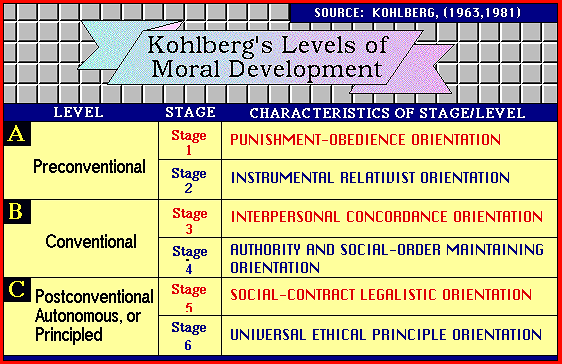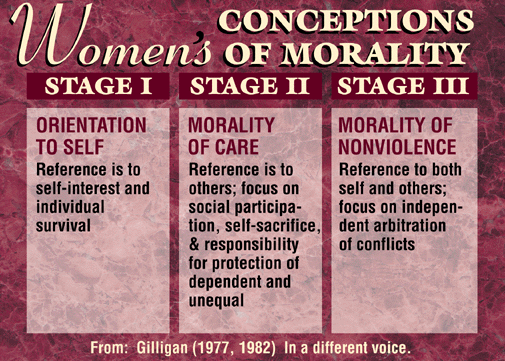The taxonomy was developed to organize levels of commitment. As such it could just as properly be discussed as a regulatory system issue in the model being presented here.
Receiving = Being aware of or attending to something in the environment. A willingness to tolerate a phenomenon
eg: Person would listen to a lecture or presentation about a structural model related to human behavior.
eg Q; Would you like to join Math Club?
Responding = Showing some new behaviors as a result of experience. Voluntarily using the phenomenon.
eg: The individual would answer questions about the model or might rewrite lecture notes the next day.
egn Q; when you play games that involve score keeping, do you ever volunteer to keep score?
Valuing = Showing some definite involvement or commitment. Prizing and acting on the phenomenon.
eg; The individual might begin to think how education may be modified to take advantage of some of the concepts presented in the model and perhaps generate a set of lessons using some of the concepts presented.
eg Q; Do you plan to take on Math next year when it becomes an elective?
Organization = Integrating a new value into one's general set of values, giving it some ranking among one's general priorities. Using values to determine interrelationships between the phenomena.
eg; This is the level at which a person would begin to make long-range commitments to arranging his or her instruction and assessment relative to the model.
eg Q; Have you ever thought, Math as an art?
Characterization by Value = Acting consistently with the new value. Organizing values, beliefs, ideas, and attitudes into an internally consistent system.
eg; At this highest level, a person would be firmly committed to utilizing the model to develop, select, or arrange instruction and would become known for that action.
(note: another Blooms taxonomy)

Kohlberg's perspective views the person as:
1) An active initiator and a reactor within the context of his or her environment; the individual cannot fully change the environment, but neither can the environment fully mold the individual.
2) A person's actions are the result of his or her feelings, thoughts, behaviors, and experiences. Although the environment can determine the content of one's experiences, it cannot determine its form.
3) Genetic structures already inside the person are primarily responsible for the way in which a person internalizes the content, and organizes and transforms it into personally meaningful data.
Level 1: Preconventional- behavior is determined by rewards and punishments
Big Q; What is best for me?
Level 1: Preconventional- behavior is determined by rewards and punishments
Big Q; What is best for me?
Level 2: Conventional- behavior is controlled by anticipation of praise or blame.
Big Q; What will others think?
Level 3: Post Conventional- behavior is regulated by principles embodying generality and comprehensiveness
Big Q; What is the right thing to do?
Big Q; What will others think?
Level 3: Post Conventional- behavior is regulated by principles embodying generality and comprehensiveness
Big Q; What is the right thing to do?
Why a person obey A STOP sign?
Level 1 answer - to avoid getting fine
Level 2 answer - to avoid criticism from others and to avoid breaking law
Level 3 answer - to avoid hurting others.

Gilligan (1977, 1982) critiqued Kohlberg's work based on his exclusive use of males in his original theoretical work. Based on her study of girls and women, she proposed that females make moral decisions based on:
1) The development of the principle of care rather than on justice as Kohlberg had proposed. Whereas Kohlberg identified autonomous decision making related to abstract principles as the highest form of moral thinking,
2) Girls and women are more likely to view relationships as central with a win-win approach to resolving moral conflicts as the highest stage.
Tiada ulasan:
Catat Ulasan